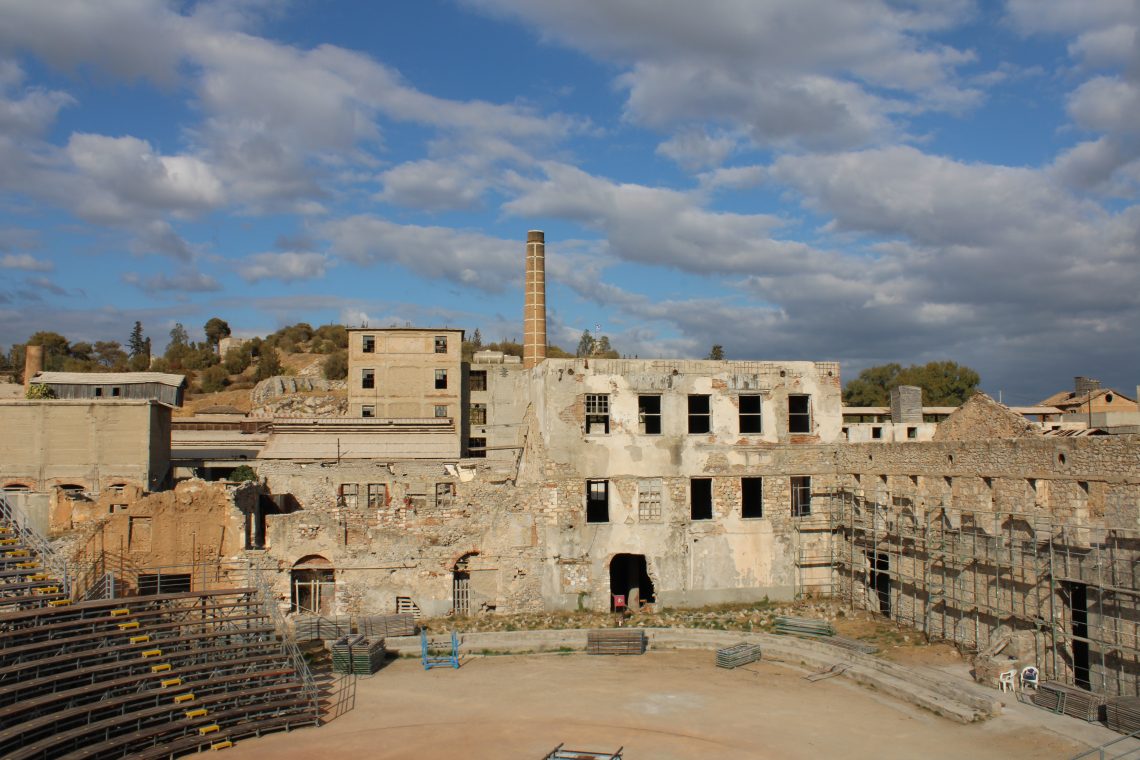
Andreas Lolis: Behind the theater
With a light jacket, a camera, and a monthly bus ticket, I started my journey to economically deprived West Attica. Destination, the town of Elefsina. I had to see the latest solo project of sculptor Andreas Lolis “Behind the theater,” in the open space of the Old Oil Mill.
From the private manicured garden of the British School of Athens where his first large-scale public project, “Prosaic Origins,” (2018), took place Andreas Lolis chose the town of Elefsina for his second public project titled “Behind the theater” (2021). An area with strong roots in ancient Greek history that modernization models did everything to deprive. It was here that I felt much stronger the breaking of barriers between art and life into the work of Lolis because it’s the town itself that triggers your mind to make such connections.
ELEFSINA AS A THEATRICAL SETTING
The way Elefsina developed through the years turned the town into a perfect “theatrical setting” of a drama unraveling the history of Greece from the ancient period till modern times. Almost in the center of the town on a rocky hill stand the ruins of the Temple of goddess Demeter. Around this hill has been developed an urban landscape combining industrial and residential architecture.
Next to 20th century abandoned factory buildings stand humble houses of all styles and periods, some with beautiful gardens, small shops, and the waterfront facing the island of Salamina. Active shipyards, cement mills, petroleum, and gas refineries flunk the “setting”. When the sun goes down, lights from the refinery towers, shipyard cranes, and tankers give the impression to the visitor that the entire town is no longer on earth but rather on a space platform.
BEHIND THE THEATER
On flat land, wedged between the Old Oil Mill’s modern amphitheater and the ruined stone fence facing the waterfront, Lolis installed twelve episodes as clues on an imaginary stage for the visitors to unravel the true story of Elefsina through the centuries.
Other than two installations that I had seen in the “Prosaic Origin” project (the five closed carton boxes and the bamboo canes), the rest were new to me. I followed the engraved route on the ground as suggested by the security lady, which visitors can see better when they stand at the upper tier of the amphitheater (see photo).
THE GLOVES
Visitors detect human presence by installations as the black and white gloves, the blue t-shirt hanging on the wall with the chair, and the archaeological excavations which reflect the human existence in the space. Actually, the entire project represents an archaeological excavation.
The first stop is the marble representations of black and white plastic gloves scattered on the ground and on a flat carton surface. Some were taken off in a rush some others were carefully removed from the hands. The gloves can be connected to the archaeological and industrial history of the town. Five of them form in the Greek finger spelling language the word I speak. Gloves are a new series of sculptures that is to be continued.
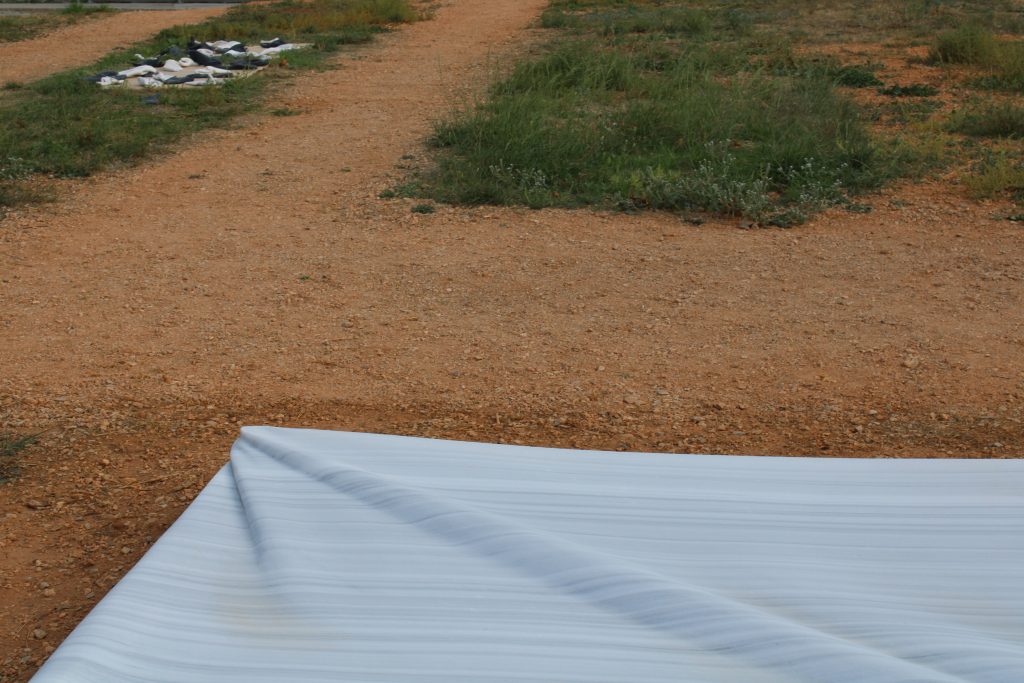
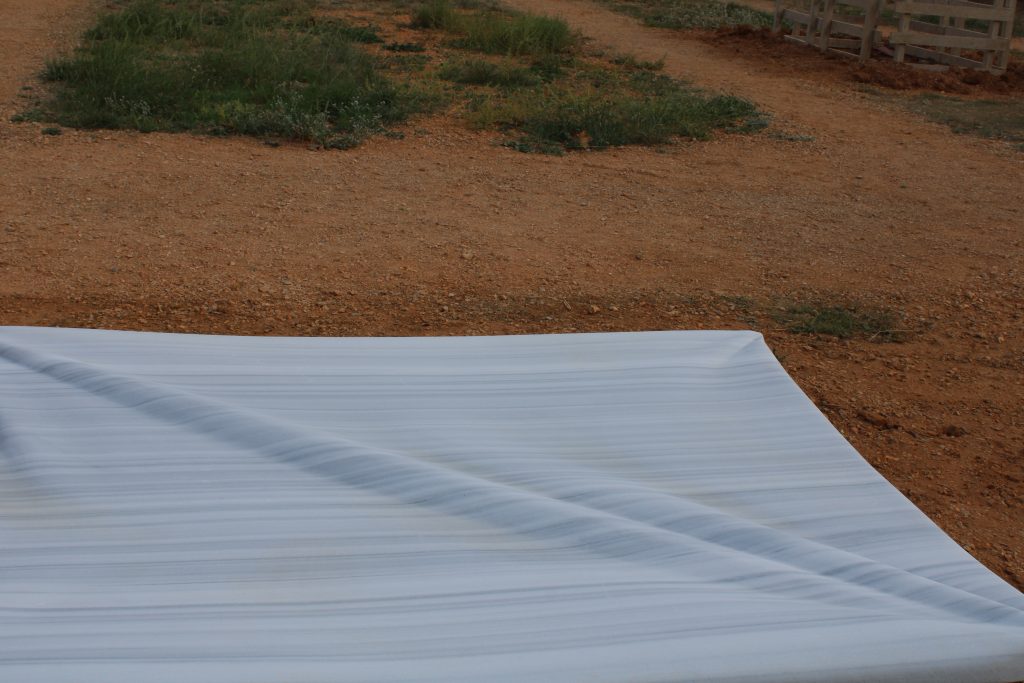
One of the most impressive sculptures is the stretched marble bed sheet. Standing slightly above the earth level on four supporting elements with exquisite creases reveals a superb sculpting technique that deceives the eye. Under it could be an imaginary excavation area.
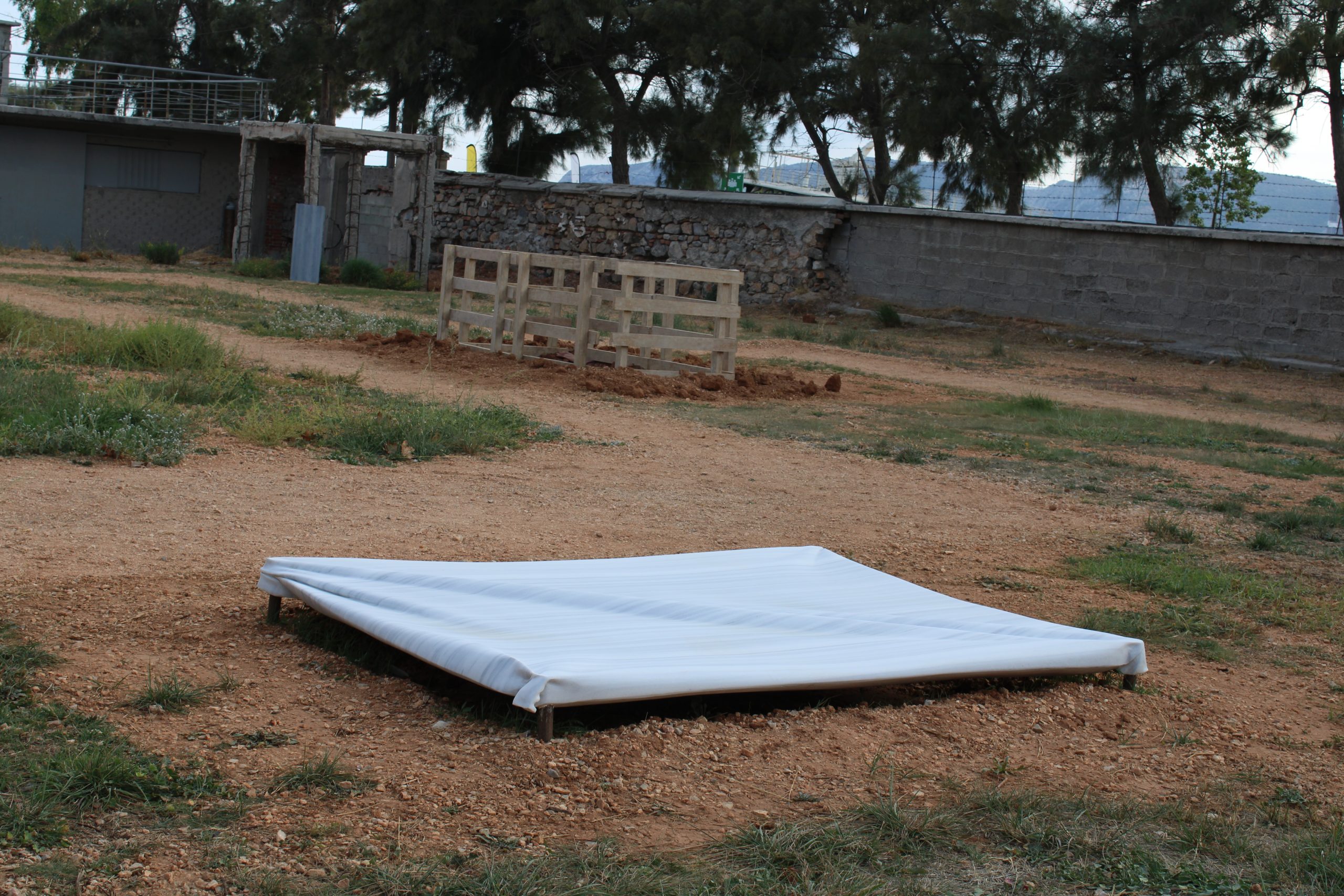
The third installation was a question mark for me. It represented an area of a completed archaeological excavation surrounded by wooden palettes. As I was told by a friend who is an archaeologist, this fencing method used by the artist is quite unusual for someone to see in archaeological field works. It could be more easily related to the three following installations representing improvised architectural constructions that we find all around Greece, including Elefsina.
Here we have the artist’s first attempt to unify his sculptures with existing architectural elements. He started doing this gradually. First, he placed a piece of asbestos cement sheeting next to an existing cement skeleton. Second, he closed one of the two existing old iron windows of the fence facing the road with his marble styrofoams. Third, he created an entire construction attached to the wall representing an ephemeral wooden shelter with a few flat cartons as a rooftop actually unable to protect the user from sun or rain.
With those three installations, Lolis blends marble into previous century industrial ruins by blending materials. Instead of marble monuments, he creates ephemeral constructions and glorifies everyday people. That’s why he curved and included the chair and the hanging blue t-shirt in their actual size. Especially on the t-shirt, he scratched the surface to reveal the metal under it in order to make it look as used and stained. As I stood between Lolis sculptures I felt I was in limbo between the ancient glorious past and the industrialized impoverished present. A battle that I feel characterizes his entire work.
FREEING MARBLE FROM ITS PAST
Every time I visit his exhibitions or public space projects and study his work I feel I take a long journey through the art eras. Marble as a sculpting and architectural material is connected in our minds with the sculptural and architectural masterpieces of Greek and Roman antiquities, Renaissance, and Baroque period. Our eyes and brain have been trained to accept specific forms and styles.
Although Lolis’s personal style is following the great masters of marble sculpting– in an interview he expressed openly his admiration for Gianlorenzo Bernini – his forms and concept break many links with the past. In his skillful hands, an expensive material is transformed into bamboo canes, black garbage bags, crumpled cardboard boxes, worn-out plastic gloves, or used pallets. A total optical illusion.
I would dare call him one of the few artful rebels. By initiating to his sculptures the ancient technique of trompe l’oeil he challenges our stereotypes regarding marble as a material making us think if an artist is entitled to use it to represent forms of ephemeral objects and incorporate them as part of existing architectural elements. A huge effort to unload the weight that history posed on the material. Especially when this is attempted in Greece where ancient kallos is so admired and you can see it almost everywhere. A similar effort is noted in Italy by Italian sculptor Fabio Viale in some of his marble sculptures (Infinito, 2009/ Stargate, 2010/ Cross, 2021).
BRAKING THE BARRIERS BETWEEN ART AND LIFE
During his first large-scale public project, “Prosaic Origins,” in 2018 I realized how a sculptor’s work can break the barriers between art and life. Through the gates of the British School of Athens, Lolis created his scenography by disturbing the order of a serene environment. As visitors walked through the manicured garden of the school -a private space- they could see marble representations of black garbage bags, used wooden pallets and carton boxes as well as pieces of expanded polystyrene out of marble. On an existing bench, he placed a pillow and a blanket usually seen in Athens center where homeless people sleep.

The private garden was transformed into a public place and art was becoming real life. The ugliness of the city in the form of marble garbage was intruding the beauty of a garden and abundance was distressed by the existence of poverty. It was the first time that I have realized how Lolis could imply so strongly the existence of human presence. This is an intentional diversification from antiquity and an artistic expression against conventional values and status. In a way, I believe he revived the discussion about the importance and history of materials. Does marble as a fine art material lose its value by what it represents? Many archaeologists or lovers of Greek and Roman antiquities might answer yes. People closer to contemporary art will open an endless discussion on the issue, which is part of the beauty of creating and evolving art.
CHALLENGING CONTEMPORARY ART
Lolis is an artist who understands and loves marble pushing it into new territories. It is not until we see his sculptures in installation projects that we conceive the changes he brings in forms and content.
In “Prosaic Origins,” he broke the barriers between art and life, past and present, proving that marble as a medium without being abstract could evoke emotions and promote individual expression. In “Behind the theater,” he attempts to put the marble back to its rightful position by reexamining the transitional point from modern to contemporary art (late 60s early 70s). With the rise of the Arte Povera movement, pre-industrial materials and industrial leftovers dominated art. By separating materials into poor and expensive, conventional and unconventional, the movement abruptly stopped the evolvement of marble.
During the same period, other art movements emerged as Finish Fetish. I will insist on Arte Povera as it flourished in Southeast Europe, starting from Italy, the land of marble antiquities, and Carrara. In contrast to what Arte Povera claimed by transforming throwaway materials into art objects, Lolis transforms marble into throwaway materials.
Throwaway material => Art
Expensive material (marble) => Throwaway material => Art
The movement used those materials to signify the emergence of consumer culture which led us to consume(r) art. Today overconsumption and the way it affects our environment and everyday life are subjects of mainstream art. In many cases, artists’ work incorporates consumer and industrial finished products to produce a concept.
Under the latest cultural changes, it was the right time for marble as an art material to make a strong comeback incorporating new forms and concepts denouncing any stereotypical labels. Lolis work succeeded in that attempt.
REFERENCES
Horst De la Croix, Richard G. Tansey, Diane Kirkpatrick. Art through the ages. 9th ed. San Diego: Harcourt Brace Jovanovich, Inc. 1991.
Lolis A., (2018). City Project 2018, Andrea Lolis: Prosaic Origin. [Exhibition catalogue]. Exhibited at British School at Athens September 12 – November 14 2018, Athens. Neon Organization.
Scott, I. (2018, November 11). Andreas Lolis: ‘I’m not working with marble, I’m conversing with it’. Studio international. https://www.studiointernational.com/index.php/andreas-lolis-interview-prosaic-origins-athens-greek-sculptor
Corina Criticos, Judith Kirshner, Robert Lumley, Karen Pinkus. Zero to Infinity: Arte Povera: 1962-1972. 1st ed. Walker Art Center. 2001
Carolyn Christov-Bakargiev. Arte Povera (Themes And Movements). Phaidon Press. 2005
Infinate dictionary, (2017, July 20). Art And The Importance Of Materials: Part 1, Part 2. Retrieved from http://infinitedictionary.com/blog/2017/07/20/art-and-the-importance-of-materials-part-1/


You May Also Like
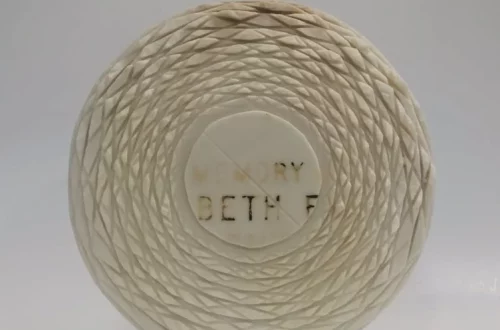
Burial Marks
6th June 2022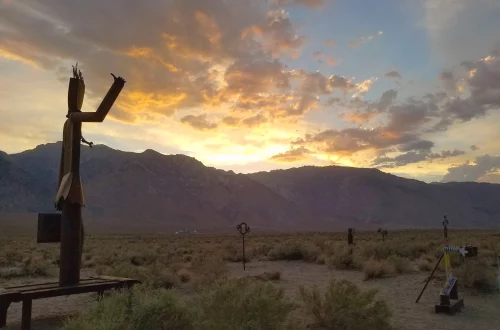
Welding: A Dive Into the Unconscious.
3rd May 2022

 When you visit any website, it may store or retrieve information on your browser, mostly in the form of cookies. This information might be about you, your preferences or your device and is mostly used to make the site work as you expect it to. The information does not usually directly identify you, but it can give you a more personalized web experience. Because we respect your right to privacy, you can choose not to allow some types of cookies. Click on the different category headings to find out more and change our default settings. However, blocking some types of cookies may impact your experience of the site and the services we are able to offer. For more information please read our
When you visit any website, it may store or retrieve information on your browser, mostly in the form of cookies. This information might be about you, your preferences or your device and is mostly used to make the site work as you expect it to. The information does not usually directly identify you, but it can give you a more personalized web experience. Because we respect your right to privacy, you can choose not to allow some types of cookies. Click on the different category headings to find out more and change our default settings. However, blocking some types of cookies may impact your experience of the site and the services we are able to offer. For more information please read our